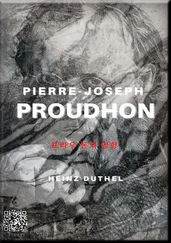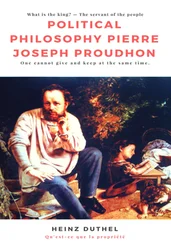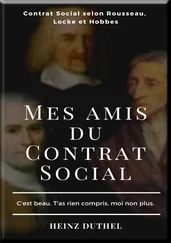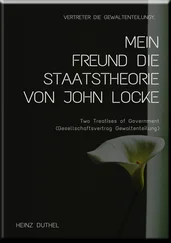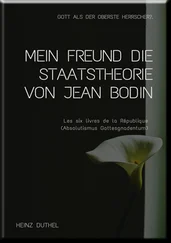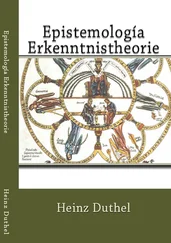The importance of this triad lies in the role mathematics plays in society. It is in short the foundation of the technological age. “Mathematics and mathematics education are carrying the scientific and technological superstructures of our time” [Skovsmose, in preparation #700, p 1]. Less triumphalist, Pierre Bourdieu compares the teaching of mathematics to the teaching of the classics and dead languages claiming it to be “no less derealising and gratuitous” [Bourdieu, 1989 #687, p 110 – 111]. Mathematics education thus stratifies, demarcates, legitimises and enculturates. Yet, we know relatively little about the mechanics of these social processes, including the way in which social reproduction is achieved through acceptance or subservience. Consequently, I want to argue less that mathematics education can benefit from drawing on sociology, by arguing instead that sociology can benefit from studying mathematics education as an example of a mechanism for distributing power.
My own experience within mathematics education has led me to want to look for foundations, predilections and structuring frameworks that would support a social model for understanding teachers’ work. I thus wanted to explore and analyse individual teachers working in their natural setting, within a set of objective relationships. Pierre Bourdieu, the French social theorist, offered me an approach, which seemed fruitful through his notions of ‘field’ and ‘habitus’.
For Pierre Bourdieu, social action is localised and contextualised in both space and time. The driving force of human action and interaction are the conscious and unconscious dispositions that make us act and interact in the ways we do. This is what Pierre Bourdieu call the habitus – which I will explore in more detail in Chapter 3. However, human society does not consist of a loose coupling of individuals, but rather human social practice takes place in social fields, which Pierre Bourdieu defines as:
a network, or a configuration, of objective relations between positions objectively defined.
[Bourdieu, 1992 #342, pps 72 – 73]
Fields are therefore relational structures representing a collection of differing social positions often competing for power and are embedded with fields at different levels representing different levels of activity as “hierarchically intersecting sets” [Bourdieu, 1989 #41, p 44]. A classroom may be seen and analysed as a field, as also might be a subject department, school or the entire educational system. The particular field that a researcher might want to focus on will therefore be related to the level or focus of analysis.
The notion of a social field is an attempt by Pierre Bourdieu to free up social analysis from a rigid and over-deterministic class analysis in which social classes are seen to exist by and for themselves. Pierre Bourdieu's approach is to see social class indeed as social division, but as a dynamic set of relationships representing the state of play, in both time and space, of competing positions of power [Bourdieu, 1979: 1984 #45]. I find this a particularly useful conceptualisation for understanding the mathematics classroom because it offers a flexible approach to how we can conceptualise the way in which classroom practice emanates from teachers with differing social perspectives and intentions.
A further notion used by Pierre Bourdieu to explain the process whereby social classes are differentially favored by the education system is symbolic violence. The idea is that the education system takes norms, ideas, beliefs etc of the dominant groups, which are otherwise arbitrary, and enforces these through systems of power relations so that the cultural arbitrary is misrecognised not as arbitrary, but as legitimate thereby reproducing and legitimising relations of domination [Thompson, 1984 #331, p 57]. A central question here is how it is that symbolic violence becomes legitimised and operationalised through the characteristics and practices of individual teachers. Exploring this question requires us to operate at the deepest level of human agency.
In applying his epistemological framework to research, Pierre Bourdieu suggests a three level approach:
1. Analyse the objective position of the field with respect to the field of power
2. Map out the objective structure of relations of the positions held within the field
3. Analyse the habitus of individual agents
[Bourdieu, 1992 #679, pps 104 - 107]
Applying a Bourdieuian framework to my research, I needed to explore the political foundation of the discipline. In other words, I needed to explore the nature of mathematics education as a social field connecting this to notions of social power, and this forms Chapter 4. This draws on a wider theoretical understanding of the nature of society (Chapter 2) and on nature of culturally situated individuals (Chapter 3). Certain questions then needed to be considered. How can we understand everyday practices as a social phenomenon? How might we understand the common sense, taken-for-granted assumptions underpinning classroom practice? What alternative interpretations might be possible if we adopt alternative conceptual frameworks? My intention then is to construct some descriptive model for teachers’ differential engagement in the process of education.
1.2.4 The political context
It was important that I located this work within a political and theoretical framework. I justify my decision to include a considerable section on the theoretical background through its importance for me in detailing the direction of my analysis. Sections on the work of Bourdieu, Foucault, Marx etc. are necessary because they are central to the story I wish to tell and in addition are underutilised in philosophy education. Hence, readers from that domain may be unfamiliar with the frameworks and concepts I wish to use. The areas I draw on are controversial, where we regularly see multiple interpretations and positionings. It is therefore important that I try to show as clearly as possible the positions I take and the assumptions and interpretations I am making. The knowledge I wish to construct and develop here is theory laden and theory led. Usually the role of a literature review is to explore the area and identify gaps in the literature that can be explored. What I am trying to do, is to explore the main themes and directions in mathematics education research and then to look to apply some fresh perspectives from social theory in my attempt to map out certain features of the domain. What I have tried to map out here is the basis of the theory of knowledge and social action on which I shall be basing my research; that fundamentally, human activity is social in character, that social structures are dynamic and relational, but exhibit a level of stability which results in dispositions gelling into objective structures.
I am adopting a materialist approach to social theory and social action. This has a number of implications, one of which is to assert “the primacy of the real over thought about the real” [Althusser, 1970 #784, p 87]. This in turn influences how we see the effect and the influences of objective structured social relations upon the various components of those social relations. The approach one takes to research design needs to be informed by the approach one takes to the nature of social organisation. There are certain assumptions I make at the outset, which influence, shape and structure what I do:
1) I hold a view of society as a conflict between differing interests – usually interests based upon economic distinctions and rooted in the underlying relations of production
2) I hold a view which sees the economic structure, the mode of production, as a fundamental determinant of social life;
3) A view that we need to consider the interconnectedness of the whole social system rather than explore in isolation locations of social activity e.g. the maths classroom - what Louis Althusser calls “structural causality” [Althusser, 1970 #784, pps 187 – 198];
Читать дальше


